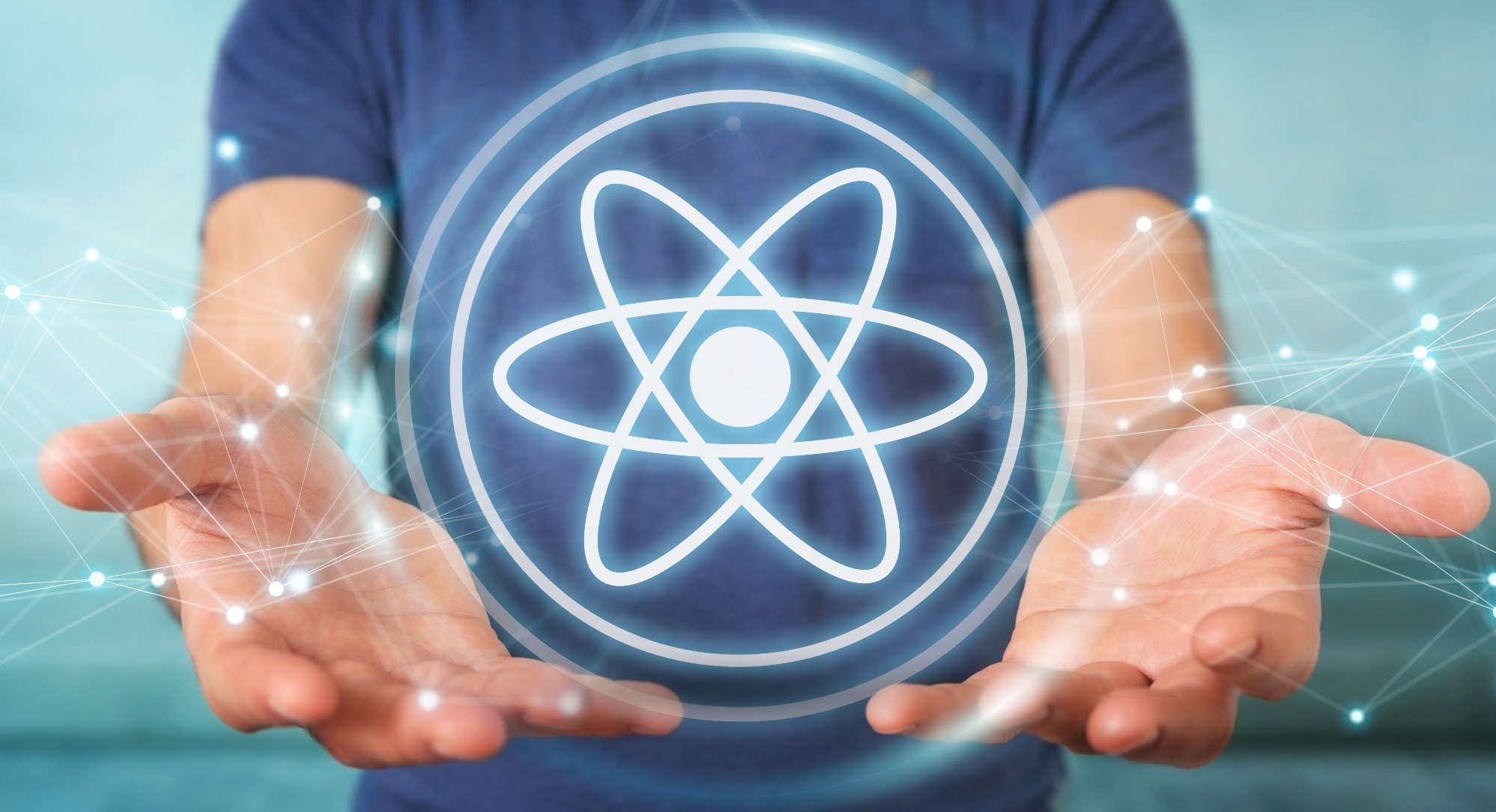Researchers from the University of Chicago have presented a classical algorithm that simulates Gaussian boson sampling (GBS) experiments, challenging the notion of quantum advantage.
 Study: A new classical algorithm enhances understanding of quantum computing’s future. Image Credit: sdecoret/Shutterstock.com
Study: A new classical algorithm enhances understanding of quantum computing’s future. Image Credit: sdecoret/Shutterstock.com
Using a tensor-network approach, they accounted for noise and photon loss, achieving simulations that outperformed some state-of-the-art GBS experiments. This work suggested that improvements in photon transmission rates and squeezed states could enhance future quantum experiments, highlighting the need for further refinement in quantum technologies.
Classical GBS Simulation
In this study, the researchers developed a classical algorithm to simulate GBS experiments using tensor-network techniques. This approach involved analyzing the behavior of quantum states under noisy conditions, which are prevalent in real-world GBS experiments. The algorithm exploited the high photon loss rates common in these settings, allowing for a more efficient and accurate simulation. This method required a detailed understanding of how noise and photon loss affect GBS's distribution of quantum states.
To implement this, they focused on creating a classical simulation framework that could handle the complexities introduced by noise in GBS experiments. They used tensor networks, mathematical structures that efficiently represent quantum states, to model the system's behavior. By incorporating noise into their model, they aimed to replicate the performance of quantum devices under real experimental conditions, providing a benchmark to compare with actual GBS outputs.
The team tested their algorithm against several state-of-the-art GBS experiments to validate its effectiveness. They assessed the accuracy and performance of their algorithm by comparing its simulated results with those obtained from quantum devices. Their simulations showed that the classical algorithm could not only match but, in some cases, surpass the performance of existing GBS experiments, particularly in benchmarks where noise was a significant factor.
Finally, the researchers used their simulation to analyze the implications of quantum advantage claims. By demonstrating that their classical algorithm could replicate the results of quantum GBS experiments, they questioned the extent of the quantum advantage in these scenarios.
This analysis provided insights into how future quantum experiments could be optimized, suggesting that enhancing photon transmission rates and increasing the number of squeezed states might improve the effectiveness of GBS and the demonstration of quantum advantage.
Classical Algorithm Surpasses Quantum
The researcher's classical algorithm for simulating GBS achieved an impressive level of accuracy, even surpassing several advanced GBS experiments. By faithfully reproducing the ideal distribution of GBS output states, this classical method raises questions about the claimed quantum advantage of some existing experiments, especially in noisy environments. It suggests that the perceived superiority of quantum systems may diminish when factors like noise and photon loss are taken into account.
This algorithm's success underscores the need to refine the experimental design of future quantum systems. Improving photon transmission rates and increasing the number of squeezed states could greatly enhance the performance and reliability of GBS experiments, providing more conclusive evidence of quantum advantage. These insights offer a roadmap for further research, highlighting key areas where advances could lead to more robust quantum technologies.
The findings also suggest that classical algorithms may continue to play a significant role in solving problems previously assumed to be the exclusive domain of quantum computing. The collaboration between classical and quantum computing pushes the boundaries of current understanding and could accelerate practical applications in fields such as cryptography, materials science, and drug discovery.
Moreover, this research calls for a more nuanced view of quantum advantage. While quantum computing holds great promise, the interplay with classical methods is vital for a realistic assessment of its potential.
By leveraging classical algorithms to better understand the limitations and strengths of quantum systems, scientists can refine benchmarks for defining true quantum advantage. This approach could eventually lead to hybrid systems that combine the strengths of both quantum and classical computing, offering more effective solutions to complex challenges.
Conclusion
To sum up, researchers from the University of Chicago introduced a classical algorithm that accurately simulated Gaussian boson sampling, outperforming some quantum experiments. This work questioned the claimed quantum advantage, particularly in noisy conditions, and suggested ways to refine future quantum experiments.
The findings underscored the importance of collaboration between classical and quantum computing for advancing the field. By tackling noise and photon loss, the study advanced the comprehension of quantum systems and their possible uses across different industries.
Journal Reference
Oh, C. et al. (2024) ‘Classical algorithm for simulating experimental gaussian boson sampling’, Nature Physics, 20(9), pp. 1461–1468. Available at: https://www.nature.com/articles/s41567-024-02535-8.
Disclaimer: The views expressed here are those of the author expressed in their private capacity and do not necessarily represent the views of AZoM.com Limited T/A AZoNetwork the owner and operator of this website. This disclaimer forms part of the Terms and conditions of use of this website.
Article Revisions
- Sep 19 2024 - Original source replaced by the correct journal.